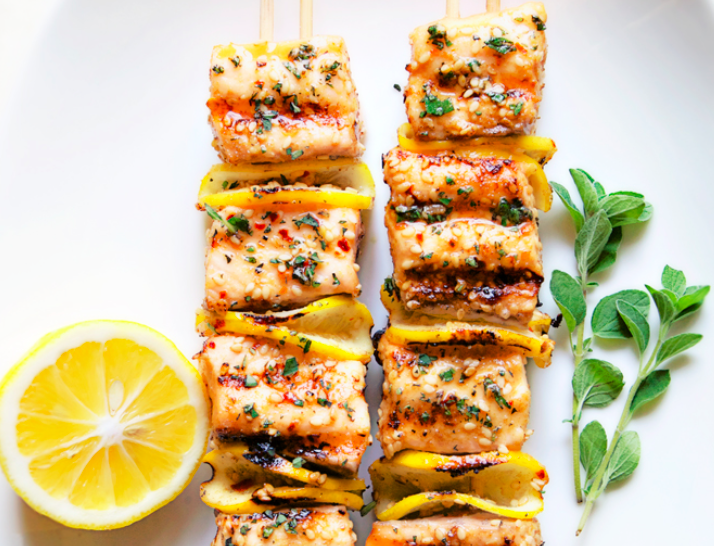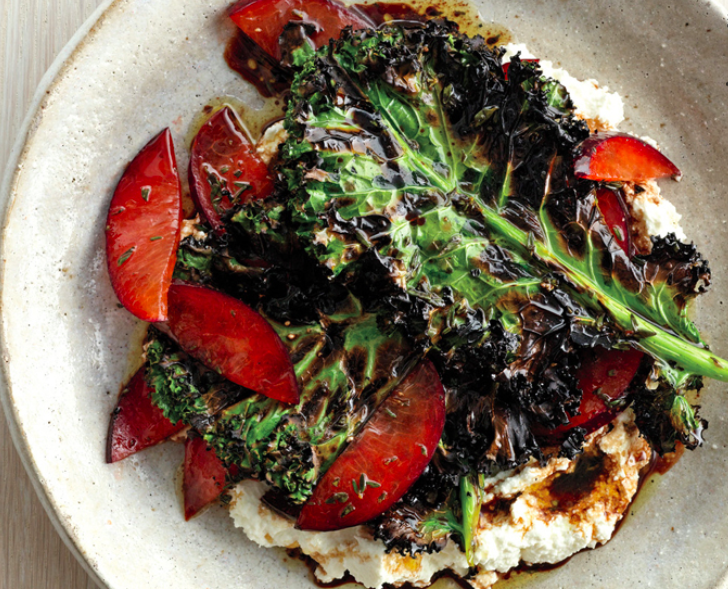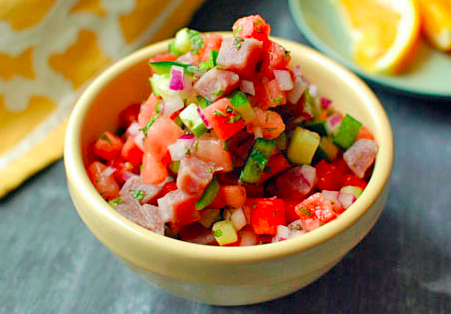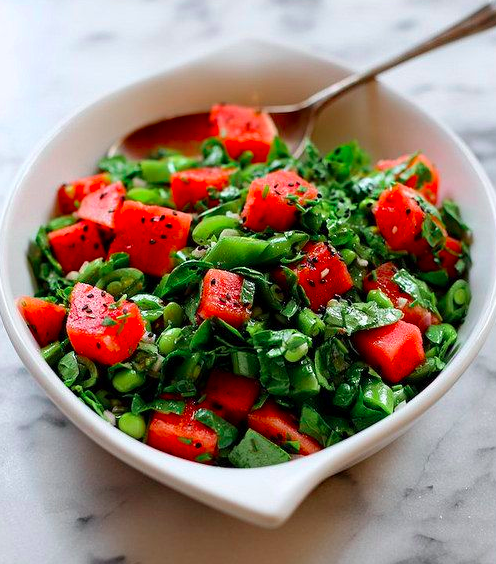Some issues that come up when trying to reach greater levels of physical fitness, or recover from an injury, are "What activities should I add in?", "Is XXX activity enough?", "Should I do cardio?" etc. These questions should be answered and considered differently for every person.
Here is an article that makes the argument that High Intensity Interval Training (HIIT) is a huge puzzle piece to achieving physical well-being. Does this mean you should run straight to a spin class? Maybe. But also maybe not.
Make sure you understand what interval training is and how it works- there is a lot of science there. Then find intervals activities that provide the needed cardiovascular challenge, but work for your musculoskeletal system. HIIT for one person may be walking up and down steps, while for another it may be doing wind sprints at the park. Maybe swimming really gets your heart and breath going while riding a bike over the bridge scares you. Likewise, spin class might work as an HIIT for you but you could also take the class in a way that just turns it into steady state cardio. Balance within HIIT means it is important that you find an intensity level that really suits and appropriately challenges you in your current physical condition but also gives you pleasure- at least enough to work hard through the interval. This may change over time, and sometimes in surprising ways. You may also have to keep changing your HIIT workout to keep an appropriate work interval or maintain balance/avoid overuse in your musculoskeletal system.
The only person who truly knows what makes you feel good is yourself. If you have trouble understanding how to choose an appropriate HIIT consult a professional. Give yourself time and space to figure out the best fit for you and your balanced path to lifelong fitness.
Check out these other good reads on intervals :
These two from Lift Fight Love author Roxy "Balboa" Richardson.
Check out this one for a comparison of HIIT vs steady state medium range cardio.
Here's a 30/ 20/10 interval structure from NY Times Well Blog.
This read is great for discussing glutes, sprinting vs distance running, and has some awesome interval structures you can apply to the movements you are using for HIIT.
And finally one specifically on Tabata intervals from Fara Rosenzweig on active.com.
As you read think of the layout of the intervals as a structure that you apply to work that is appropriate to raise your heart rate and safe for your unique musculoskeletal system. While intervals are quick and challenging they are not a place to discard form or execution. Choose wisely.























